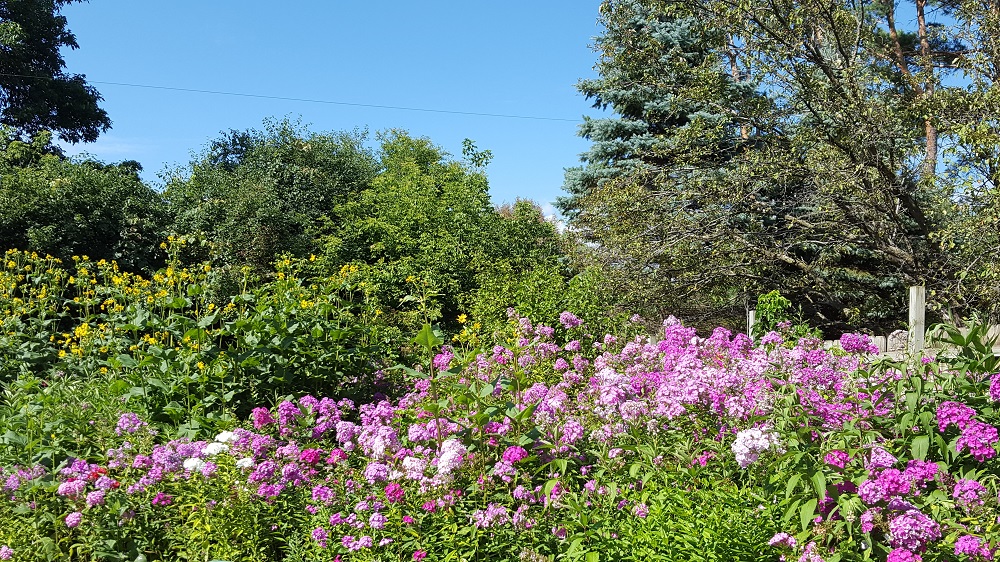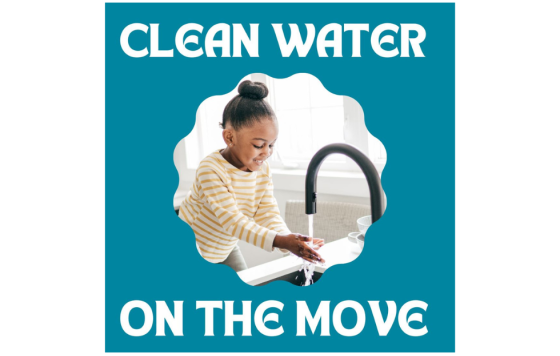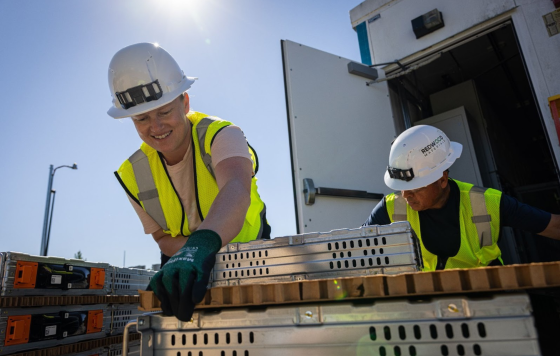
It took awhile, but it seems spring is finally here! In pursuit of creating a beautiful lawn and garden, many people unknowingly contaminate nearby lakes, rivers, and streams with fertilizers, herbicides and pesticides. Before you pull the lawn mower out of storage and get to work, you should know that what you do in your yard has a direct and indirect effect on the quality of our water. How long you cut your grass, how often you cut it, how much water and fertilizer you use and what you do with the grass clippings all impact the amount of pollution that ends up in our water. There are many simple and easy solutions that can improve water quality while simultaneously improving the health of your lawn and garden as well as the habitat for critters in your neighborhood.
Here are some tips to do just that:
Be Water Wise:
- Installing a rain barrel allows rainwater to be collected off your house, garage, or any other building and used in your garden, reducing the amount of treated water you use.
- If you must water your lawn, do it in the early morning. There is less evaporation than later in the day in the sun and the grass can retain moisture better.
- Lawns generally require one inch of water per week. Use a rain gauge to determine how much (if any) extra water your lawn needs between rainfalls.
- Avoid sprinkling hard surfaces as this wasted water will gather other pollutants on the surface and run directly to the nearest storm drain and into the closest water body.
- When building, avoid using impermeable materials. Using materials such as wood, stone, loose brick and paving blocks when constructing decks, sidewalks, and driveways allows the water to be absorbed into the ground—improving the health of your soil and our water.
Test your soil to limit the amount of fertilizer used; time it right
- You may not need as much fertilizer as you think.
- You can buy a testing kit at your local hardware store or get it done professionally.
- If you choose to fertilize, do it in the fall when it is most effective—well before the ground freezes.
- Sweep up any excess that falls on hard surfaces.
- Avoid applying fertilizer before heavy rains, as this will create runoff to the closest water and promote more algae in your lake.
Cut your grass to a length of 2.5” to 3.5” and leave the clippings on your lawn
- The added length will inhibit weed growth and reduce the need for herbicides.
- The clippings can act as an application of fertilizer, thus reducing the amount used.
- Sweep up any mowing debris from the street gutters. This is high in nitrogen and will runoff into the nearest lake, river or stream and increase algae blooms.
Plant a Rain Garden
- Rain gardens collect storm water and other runoff from roofs and driveways and act as a natural collector, filtering rainwater and allowing the recharge of groundwater aquifers.
- Replacing part of your lawn with native perennials leads to less water runoff, mowing and chemical use.
- Rain gardens also increase wildlife habitat, especially for birds, butterflies and other pollinators.
Plant Trees
- Trees act as an umbrella and collect rainwater in their canopies that reduce amount collected in storm drains.
- Their deep roots allow water to infiltrate soil where it can be used by plants.
- The additional shade can also reduce heating and cooling costs for your home.
Now that spring is here, we can finally get outside and enjoy our lawns and gardens. Hopefully you can take some of the suggestions we made and try them in your own yard. Each decision we make in our own backyard adds up. If you make the right choice, your neighbor makes the right choice, and everyone in our community makes the right choice to protect our water, we’ll all be able to better enjoy our beautiful lakes, rivers, and streams here in Minnesota.


